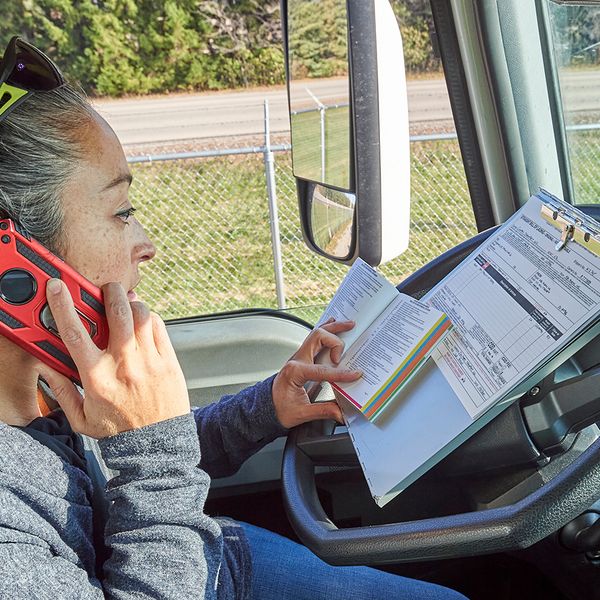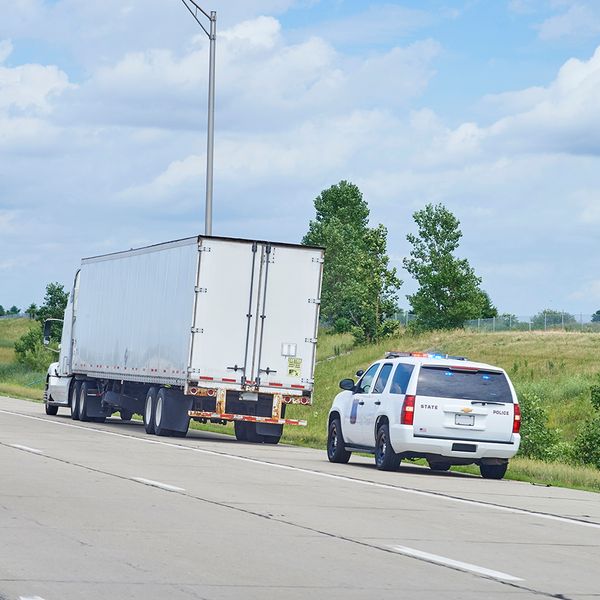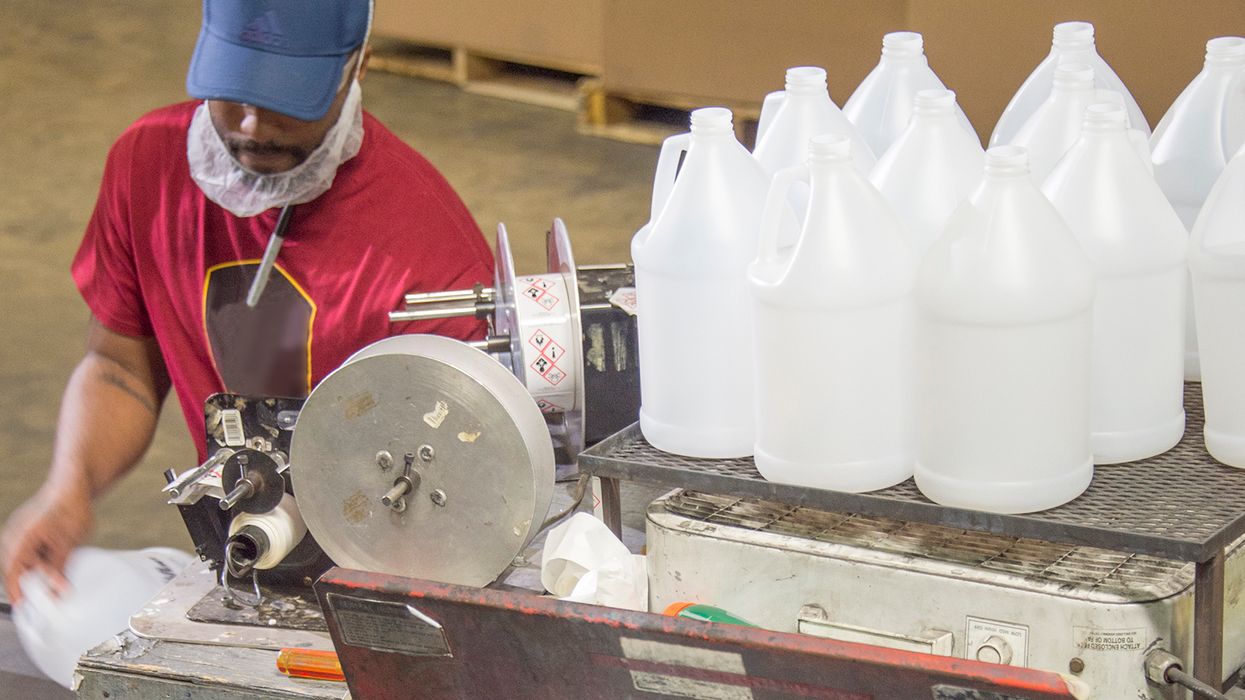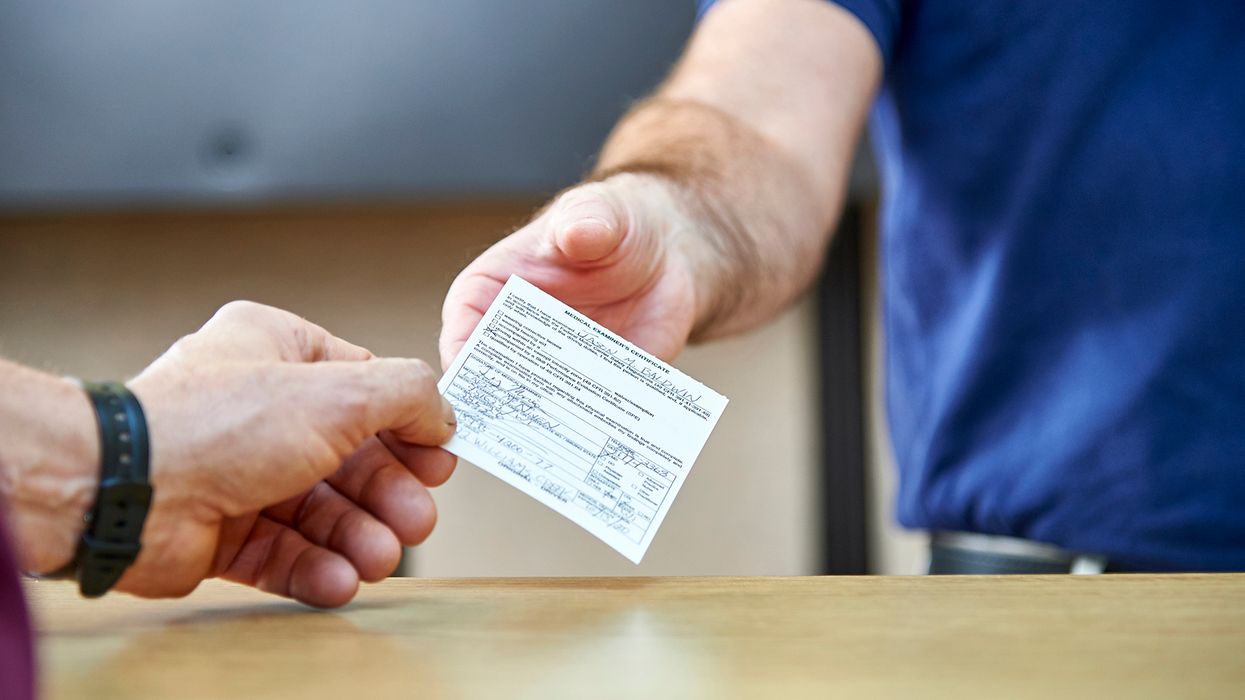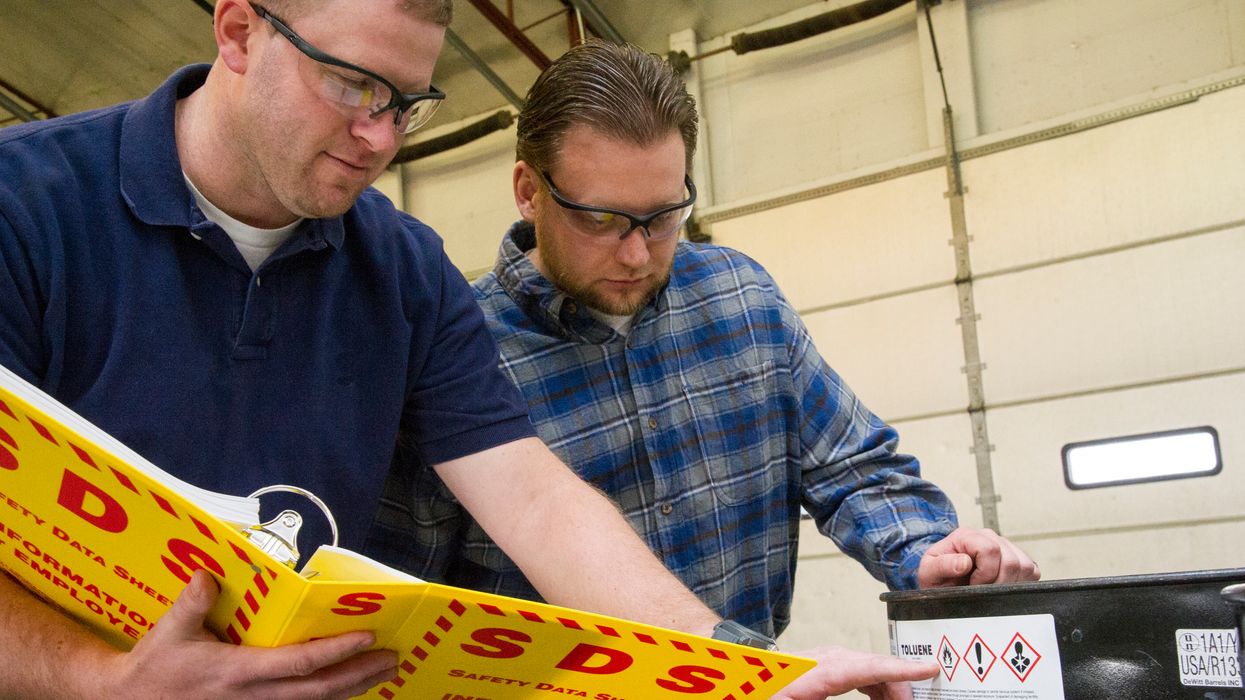The hazmat shipper-carrier partnership is key to compliance
Motor carriers involved in the transportation of hazardous materials are prohibited from accepting a hazardous material shipment that is not in compliance with the hazardous materials regulations (HMR). Not all compliance falls squarely on the motor carrier, however. The shipper of the hazardous material has certain pre-transportation responsibilities to ensure the shipment is in compliance prior to the carrier becoming involved.
The carrier depends on the shipper to properly and legally prepare the shipment, while the shipper depends on the carrier to safely and legally transport the materials to their destination. This relationship can truly be considered a partnership — both parties are key players in compliance with the HMR.
Getting to the point of a partnership takes time, patience, and understanding on both sides. The effort is worth it, though. The following advice can help both parties.
Shipper responsibilities
The shipper has certain responsibilities when offering up hazardous materials for shipment, and carriers expect that these responsibilities are met. Shippers must ensure the material is properly classified and select the appropriate packaging. Furthermore, the carrier expects the shipper to present packages that are compliant, meaning they’re properly closed and appropriately marked and labeled. The carrier also expects properly completed shipping papers, shipper’s declarations, and emergency response information.
Shippers should consider that carriers do not have the time nor capacity for incorrect shipping papers, improper labeling, or general non-compliance with the regulations. A lack of organization and effort on the part of the shipper will only cause delays — and the carrier may prioritize shippers who are willing to work harder at compliance. After all, the carrier’s reputation and safety record are on the line.
Carrier responsibilities
A carrier is prohibited from accepting a hazmat shipment that is not in compliance with the regulations. The carrier is essentially trusting the shipper has done due diligence according to the regulations and has met the requirements. Still, carriers and their drivers need to check over the hazmat shipment to make sure the shipping papers are in order, the packaging and labels are appropriate for the material(s) being shipped, and that they’ve received the appropriate placards for the vehicle, if applicable.
Frustrated shipments, which are shipments that are rejected or returned, or even stopped in transit, due to incorrect paperwork, leaking packages, or inappropriate markings or labels, can and do happen. These types of shipments add unnecessary costs and delays to the shipment. To help keep frustrated shipments to a minimum, carriers need to communicate to the shipper any carrier-specific requirements that may go above and beyond the regulations. Carriers should get to know the shipper’s systems and give the shipper a contact person at the carrier to help resolve these situations.
Shipper and carrier partnerships
When the carrier and the shipper work together and form a partnership, that’s where the real compliance benefits are realized. Shippers begin to see the compliance challenges their carriers face. Carriers begin to understand their shippers’ needs. They can also keep each other informed of pending regulatory changes and industry best practices and trends. Once the partnership is formed, accepting shipments and conducting transactions will be faster, thereby reducing the time the shipper spends preparing the shipment and the waiting time prior to transport.
Without the partnership, both parties can face steep fines and penalties, along with delays in shipments and increased costs.





